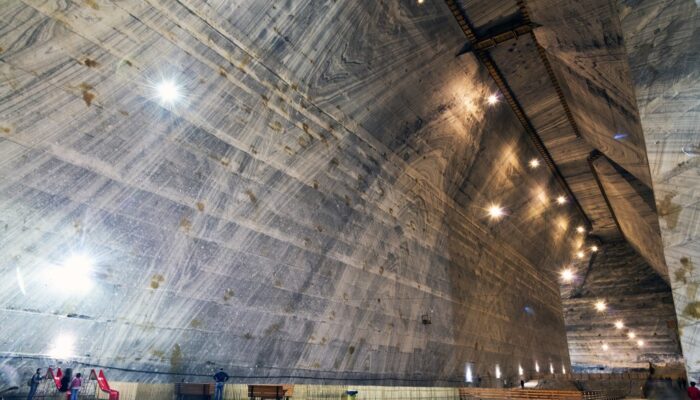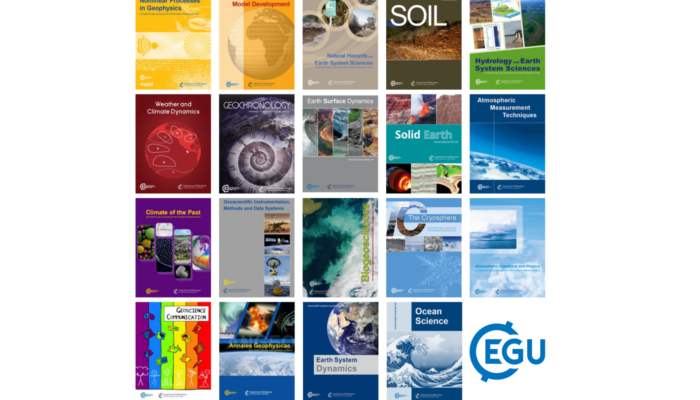Each month we feature specific Divisions of EGU and during the monthly GeoRoundup we will be putting the journals that publish science from those Divisions at the top of the Highlights roundup. For November, the Divisions we are featuring are: Stratigraphy, Sedimentology and Palaeontology (SSP) and Geomorphology (GM). They are served by the journals: Geoscientific Model Development (GMD), Earth Su ...[Read More]
GeoRoundup: the highlights of EGU Journals published during October!
Each month we feature specific Divisions of EGU and during the monthly GeoRoundup we will be putting the journals that publish science from those Divisions at the top of the Highlights roundup. For October, the Divisions we are featuring are: Natural Hazards (NH), Hydrological Sciences (HS) and Seismology (SM). They are served by the journals: Geoscientific Model Development (GMD), Hydrology and E ...[Read More]
Earth Science Week 2020: Earth Materials in Our Lives – an A-Z!

Since 1998 the American Geosciences Institute has been running an annual celebration of all things geoscience – Earth Science Week. From its inception, Earth Science Week has grown in popularity and is now celebrated across the planet. This year Earth Science Week will run from 11 to 17 October and the theme of the week is “Earth Materials in Our Lives.” As the American Geoscien ...[Read More]
GeoRoundup: the highlights of EGU Journals published during September!
Each month we feature specific Divisions of EGU and during the monthly GeoRoundup we will be putting the journals that publish science from those Divisions at the top of the Highlights roundup. For September, the Divisions we are featuring are: Energy, Resources and Environment (ERE) and Geochemistry, Mineralogy, Petrology and Volcanology (GMPV). They are served by the journals: Geoscientific Mode ...[Read More]

